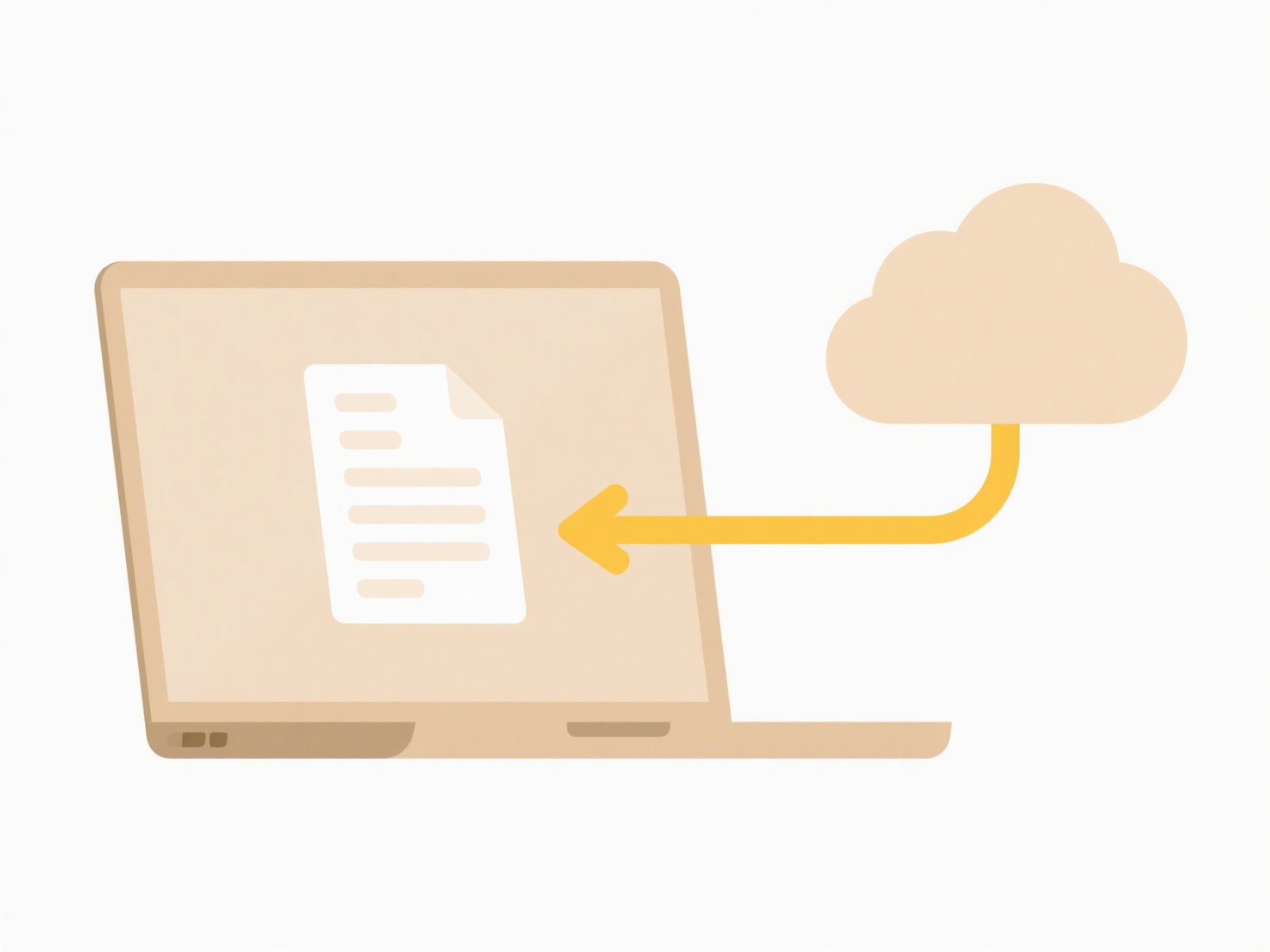
A file extension is the suffix (like .docx or .jpg) at the end of a filename, acting as an identifier that tells your operating system which program should be used to open the file. When you remove this extension, you are simply renaming the file and stripping away that specific identifier. The actual data within the file remains unchanged, but your computer loses the key signal it relies on to automatically associate the file with the correct application. Without an extension, the operating system cannot reliably determine how to handle the file by default.

For example, renaming report.docx to just report means double-clicking the file won't automatically launch Microsoft Word or a compatible word processor. Similarly, an image file renamed from vacation.jpg to vacation will not open in your default photo viewer when you try to access it. Users across all fields, from office workers managing documents to designers handling images, encounter issues when extensions are missing, requiring manual program selection.
Removing an extension can be advantageous if you temporarily need to bypass a file association rule or avoid certain system warnings, but it significantly hinders usability. The major limitation is that the file loses its primary "instruction manual" for your OS, forcing manual application selection each time it's opened and increasing the risk of accidental overwriting if the wrong program is used. This confusion generally outweighs any niche benefits, making deliberate extension removal inadvisable for most regular tasks.
What happens if I remove a file extension?
A file extension is the suffix (like .docx or .jpg) at the end of a filename, acting as an identifier that tells your operating system which program should be used to open the file. When you remove this extension, you are simply renaming the file and stripping away that specific identifier. The actual data within the file remains unchanged, but your computer loses the key signal it relies on to automatically associate the file with the correct application. Without an extension, the operating system cannot reliably determine how to handle the file by default.

For example, renaming report.docx to just report means double-clicking the file won't automatically launch Microsoft Word or a compatible word processor. Similarly, an image file renamed from vacation.jpg to vacation will not open in your default photo viewer when you try to access it. Users across all fields, from office workers managing documents to designers handling images, encounter issues when extensions are missing, requiring manual program selection.
Removing an extension can be advantageous if you temporarily need to bypass a file association rule or avoid certain system warnings, but it significantly hinders usability. The major limitation is that the file loses its primary "instruction manual" for your OS, forcing manual application selection each time it's opened and increasing the risk of accidental overwriting if the wrong program is used. This confusion generally outweighs any niche benefits, making deliberate extension removal inadvisable for most regular tasks.
Related Recommendations
Quick Article Links
How do I rename movie files using IMDB data?
Renaming movie files using IMDb data involves automated tools that fetch correct titles, release years, and other metada...
Can Wisfile be used in compliance-sensitive industries (e.g. finance)?
Can Wisfile be used in compliance-sensitive industries (e.g. finance)? Wisfile meets stringent privacy requirements, ...
Can I use cloud file management tools from the command line?
Yes, many cloud file management tools offer command-line interfaces (CLI) alongside graphical ones. A CLI allows you to ...